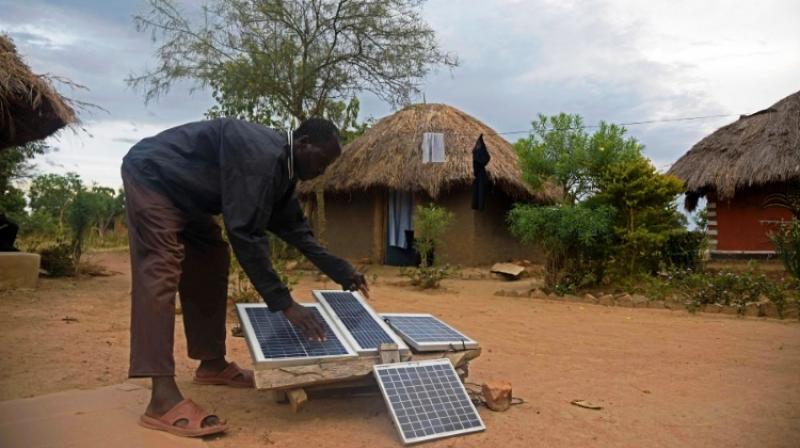Nations lagging behind in energy goals set in 2015
World nations failing the poorest on energy goals: study.

Cairo: More than 150 million people are gaining access to electricity every year, reducing the ranks of those who live without power, but this is not enough to meet global development goals, according to a report released Wednesday.
Furthermore, efforts to cut pollution from cooking food and promote renewable power for heat and transportation are likewise far behind the goals that world nations set in 2015, according to the report produced by the World Bank and other international bodies.
Fatih Birol, executive director of the International Energy Agency, which jointly produced the report, said the findings were a call to action. "I am particularly concerned by the dramatic lack of access to reliable, modern and sustainable energy in certain parts of the world, especially in sub-Saharan Africa, a region where we need to really concentrate our efforts," Birol said in a statement.
In 2015, all United Nations member states adopted 17 goals for sustainable development by 2030 in areas such as education, climate, and gender equality as well as access to energy. The goals call for delivering universal access to energy, increasing the use of renewable energy and doubling the pace of gains in efficiency, among other objectives.
But with 11 years to go, according to the report released Wednesday, signs still point to failure. About 89 percent of the world had access to electricity as of 2017, up from 83 per cent in 2010, with notable recent progress made in Bangladesh, Kenya and Myanmar, according to the report.
But if governments do not make faster progress, 650 million will still live in the dark by 2030, 90 percent of whom will be in Sub-Saharan Africa, it said. Furthermore, about three billion people, mainly in Asia and Sub-Saharan Africa, had no access to clean cooking in 2017, resulting in serious health problems a figure that had barely budged over the prior seven years.
On current trends, 2.2 billion should still be in this situation by 2030, according to the report. Meanwhile, the share of renewable energy sources like wind and solar power in the overall mix hit 17.5 per cent in 2016, a sluggish increase from the 16.6 per cent recorded in 2010.
But only nine per cent of heat came from renewable sources in 2017 and just 3.3 per cent energy used in transport and in the United States and Brazil most of this came from biofuels. The report was also jointly produced with the International Renewable Energy Agency, the World Health Organization and the United Nations Statistics Division.

